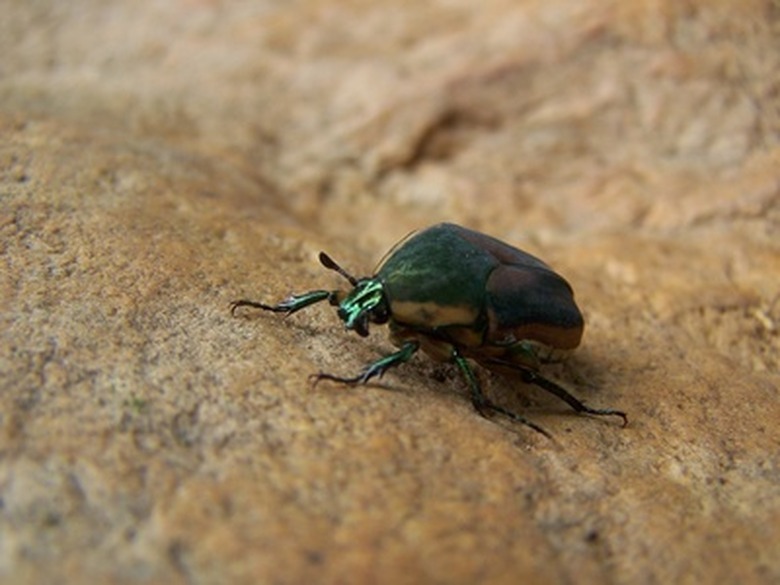Types Of Beetles In South Carolina
South Carolina is home to a wide variety of beetles, and because the state exports nearly $1 billion in forest products every year, there is great interest in which ones are harmful and which ones are helpful to trees and plants. Some species aid in combating insects and pests that destroy trees and crops, while others are responsible for millions of dollars of damage.
South Carolina is home to a wide variety of beetles, and because the state exports nearly $1 billion in forest products every year, there is great interest in which ones are harmful and which ones helpful to the trees and plants. Some species aid in combating insects and pests that destroy trees and crops, while others are responsible for millions of dollars in damages.
Southern Pine Beetle
The southern pine beetle, which is only about one-eighth of an inch long, caused $125 million worth of damage in South Carolina forests in 1995 and 1996. The beetles destroyed thousands of acres of timber, feeding on trees which were unhealthy due to lack of water and nutrients in the area. Southern pine beetles range in color from red-brown to black, and are considered the most destructive type of insect to threaten forests in the state.
Multicolored Asian Lady Beetle
Also known as the ladybug, Halloween lady beetle, Japanese lady beetle and simply Asian lady beetle, this insect is a biological control agent used to prevent other insects and pests from destroying crops. In 1979 and 1980, the United States Department of Agriculture (USDA) released large amounts of Asian lady beetles into southern forests to combat insects which were destroying several types of trees. The beetles do no harm to humans, but if they sense danger, they release an odorous fluid from their legs that stains clothing and other surfaces.
- South Carolina is home to a wide variety of beetles, and because the state exports nearly $1 billion in forest products every year, there is great interest in which ones are harmful and which ones helpful to the trees and plants.
- Southern pine beetles range in color from red-brown to black, and are considered the most destructive type of insect to threaten forests in the state.
Black Blister Beetle
The black blister beetle is so named because of its color, and because the chemicals it secretes when it is pretending to be dead causes blistering on human skin. Its body is composed of three segments, with red-brown legs and short antennae. For food, black blister beetles eat the eggs and larvae of bees. To get into their nests, the beetles will attach themselves to a bee, be transported into the nest, and then leave after feeding.
Asian Longhorned Beetle
This particular beetle made its way to South Carolina and other areas in the United States via packed raw wood materials from Asia. A wood boring insect, it is known for causing damage to maple, sugar maple, poplar, willow and elm trees. In China, the Asian longhorned beetle was responsible for damaging over 45% of its poplar plantations. Since its discovery on U.S. soil in 1996, the USDA has been researching ways to eradicate this particular beetle before it can cause even more damage.
- The black blister beetle is so named because of its color, and because the chemicals it secretes when it is pretending to be dead causes blistering on human skin.
- In China, the Asian longhorned beetle was responsible for damaging over 45% of its poplar plantations.
Tiger Beetle
A non-threatening insect, the tiger beetle is located in about half of all South Carolina counties. Known for its iridescent coloring, the tiger beetle is attracted to dry places with little or no vegetation, such as sand dunes. As it feeds on a range of insects, and not trees or plants, the tiger beetle does not damage the habitat. Appearing in the spring and fall, they generally live about two years.
References
- South Carolina Forestry Commission: Southern Pine Beetle Facts
- Insect Identification Organization: Black Blister Beetle
- Cornell University: Biological Control – A Guide to Natural Enemies in North America – Harmonia Axyridis
- University of Wisconsin: Midwest Biological Control News
- Northern Prairie Wildlife Research Center: Tiger Beetles of South Carolina
